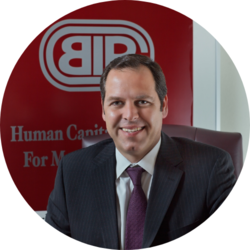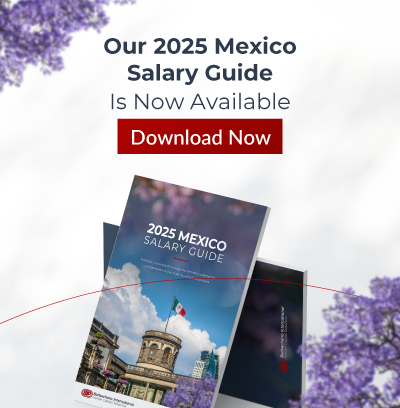
“The buck stops here” business model, where the CEO is tucked away in his or her corner office, serving as a company’s lone decision-maker, is now outdated. Businesses are calling for a fresh look at this outdated image. What makes a CEO successful today is a mix of leadership, the ability to foster innovation, and, at times, even the willingness to take a step back and let others shine. This more refined view invites us to question the traditional CEO archetype: Should they be the main drivers, the chief innovators, or sometimes the ones who move aside for the greater good?
Leadership: The CEO’s Evolving Role
Leadership remains the bedrock of what it means to be a CEO, but what leadership looks like has changed significantly. Former dean of Harvard Business School Nitin Nohria states that gone is the notion of the CEO as the sole decision-maker. Nowadays, effective leadership is about flexibility, emotional intelligence, and creating an inclusive and empowering work environment (HBR). Effective leaders understand that decision-making is a team sport; they rely on diverse insights and expertise across their organization. This shift from a top-down to a more collaborative style doesn’t weaken a CEO’s influence; it magnifies it by harnessing a team’s collective power.
Igniting Innovation: A Key CEO Responsibility
Another vital aspect of the CEO’s job is to spark innovation. In our world of fast-paced technological changes and morphing market demands, CEOs can’t afford to sit on the sidelines. They need to encourage their teams to seek out new ideas, experiment, and embrace risks wisely. As evidence, a recent Boston Consulting Group’s (BCG) report on the most innovative companies found that organizations leading in innovation outcomes have close to 90% C-suite-level ownership of their innovation agendas, in contrast to only 20% of underperforming companies. And remember, the CEO’s job isn’t simply to cheer from the sidelines; it involves shaping an environment where creativity thrives and setbacks are viewed as learning opportunities.
The Power of Stepping Aside
Interestingly, sometimes the best move a CEO can make is to step back. Strategic change agency Pragmadik’s CEO, Andrea Olson, asserts that knowing when to let your team take the reins isn’t about shirking responsibility; it’s about trusting your team’s abilities and promoting growth by giving them space. “While CEOs may be seen as the final decision maker,” she says, “their role should be much more of a conductor, orchestrating many moving parts. This can only be successfully accomplished through creating a decision-making framework and abiding by it consistently” (inc.com). When CEOs step back, they empower their employees, increasing their motivation and building a sense of ownership that speeds up their development and creates a more agile, responsive company.
Striking the Right Balance
Effective leadership is a delicate balance of leading, innovating, and making room for other people to take the lead. Success hinges on the CEO’s ability to fluidly switch between these roles as they respond to their organization’s and environment’s needs. For instance, a crisis might call for a hands-on approach, while a stable period might benefit from a leader stepping back to guide and inspire rather than direct.
Real-World Examples of Balanced Leadership
Satya Nadella’s journey as Microsoft’s CEO is a stellar example of how to navigate these roles effectively. Under his leadership, Microsoft’s culture transformed from one that prized being the “smartest in the room” to one where learning and growth are valued above all (no mean feat, given Microsoft’s prior history of intense internal competition). Nadella revamped the performance management system, moving away from the stack ranking that bred competition among employees toward a model that promotes collaboration and collective success. This strategy was designed to make Microsoft a place where innovation, inclusivity, and support thrive.
Similarly, former president of Pixar Ed Catmull provided leadership that balanced guidance with autonomy, leading to unprecedented success. Catmull’s establishment of the “Braintrust ” built a creative culture where feedback and experimentation were encouraged, leading to groundbreaking films like Toy Story and Finding Nemo. His leadership style—pushing forward, encouraging from the sidelines, and knowing when to step back—revolutionized the animation industry.
Redefining Leadership in the Modern Era
Today’s CEO role is complex. It demands a balance between active leadership, innovation, and the wisdom to know when to share the limelight. This multidimensional approach challenges old notions, promoting a more dynamic, inclusive, and adaptable form of leadership. Moving beyond the corner office illusion, we see that effective leadership isn’t a power-grab; it’s being able to adapt, empower, and inspire. CEOs who master this balance will lead their organizations to new successes, proving that true leadership goes beyond simply holding the top position. It’s about knowing when to lead, when to innovate, and when to let others take the spotlight for the organization’s collective benefit.

By Fernando Ortiz-Barbachano
President & CEO of Barbachano International
Barbachano International (BIP) is the premier executive search and leadership advisory firm in the Americas with a focus on diversity & multicultural target markets. Since 1992, BIP and its affiliates have impacted the profitability of over 50% of Fortune 500 Companies. BIP has been recognized by Forbes as Americas’ Best Executive Search Firms and currently ranks #10 and #3 on the West Coast.

